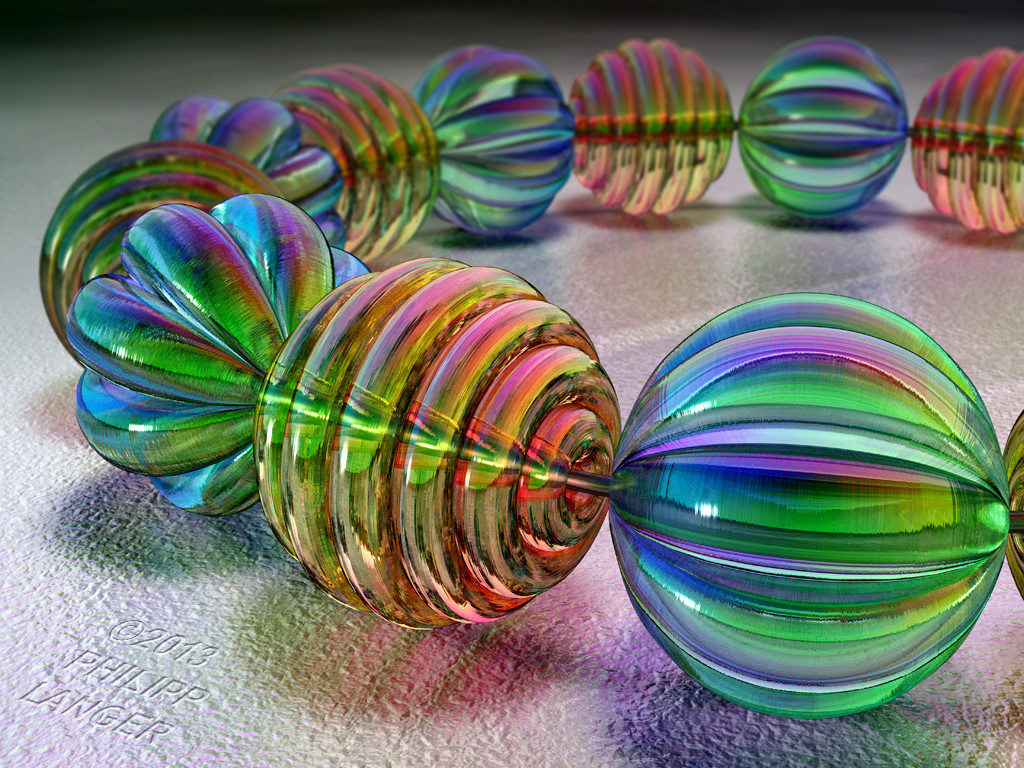
Types methods and uses of glass beads
Lationio, Zanfirico, Lamp working, Winding are some of the techniques or methods used in the manufacture of goblet beads.
Types: Wound goblet beads: these are made or produced using the process called ‘marvering’ i.e, the hot wound bead is shaped by manipulating with graphite, wood, brass, tungsten or marble tools. Drawn goblet beads: they are called the ‘Indo Pacific Beads’. These glass beads are made by inserting a hollow meter tube into the ball of hot glass and pulling the glass strand out around it. Moulded beads: they can be made manually using thick heated rods or by using rotary machine where molten gas is fed at thecentre of the mould and hollow goblet beads are formed.
Some of the interesting varieties of goblet beads are as follows:
- Silver glass imitation pearl round loose beads-(X-HY-6D-B18)
- Mixed pearlised glass pearl round beads strands-(X-HYC002)
- 4mm white opaque round glass beads strands spacer.
- Dyed glass pearl round beads strands, white.
- Black opaque glass round beads strands, 8mm, hole.
- Dark blue glass round beads strands, 8mm, hole.
- The most common type of modern glass bead is the’ seed bead’.
Other methods for making beaker beads
- Borosilicate is available in tubing, making true blown beads possible.
- Beads are moulded from powdered glass.
- Moulded glass, if painted into the mould, is called pate de verre.
Uses of goblet beads: goblet beads can be used well as an accessory or a part of an accessory. Example: watch, clock, cord bracelets and bangles, earrings, ear studs, necklaces, rings, buttons, ribbons, sweaters, wall hangings, pendants & charms. The enamel lustre and shimmering of the grainy surface of glass beads give particular liveliness to the rich gradations of colour in handbags, tobacco pouches, and covers(for vessels, chibouks, and walking sticks) woven out of goblet beads.



 RSS订阅
RSS订阅
